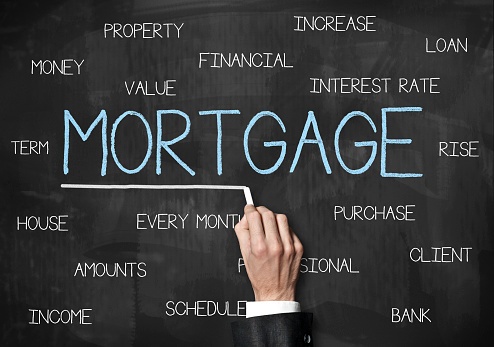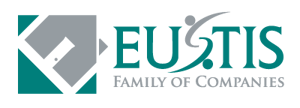
Applying for a mortgage can get a little confusing—especially for first-time homebuyers. You see, the trick to the trade is understanding the lender lingo before setting foot in the mortgage specialist’s office. Then, by understanding the mortgage process’ most basic terms, you save yourself tons of time and confusion. Take a look at the top 14 most common mortgage terms and their definitions and you’ll sound like a pro in no time.
- Adjustable-rate mortgage, or ARM: An ARM is a home loan with interest rates that change regularly based on the standard financial index. Usually, an ARM will have a cap on how much it can increase. In many cases, homeowners find themselves choosing between this and a fixed rate mortgage.
- Balloon mortgage/payment: A balloon mortgage is a loan that offers relatively low monthly payments for a set period of time, usually between 3-10 years. After that, the borrower has to pay off the rest of the principal balance in a lump sum (balloon payment). Sometimes, the mortgages can be converted to fixed rate or adjustable rate loans. In most cases, however, people decide to have this mortgage when they don’t intend to stay in their house for a long period of time. This means borrowers can sell their homes before the balloon payment is due. If buyers don’t sell their homes before the balloon payment is due, borrowers will usually have to refinance the balance.
- Conforming mortgage: a conforming loan is a mortgage loan that conforms to GSE (Fannie Mae and Freddie Mac) guidelines. The most well-known guideline is the size of the loan, which as of 2013 was generally limited to $417,000 for single family homes in the continental US.
- Discount Points: Discount points are a one-time, upfront mortgage closing cost which give a mortgage borrower access to "discounted" mortgage rates as compared to the market. The IRS considers discount points to be prepaid mortgage interest, so discount points can be tax-deductible. In general, one discount point paid at closing will lower your mortgage rate by 25 basis points (0.25%). One pointequals one percent of the loan amount. When discount points are paid, the bank collects a one-time fee at closing in exchange a lower mortgage rate to be honored for the life of the loan.
- Jumbo mortgage: This is a mortgage that exceeds the conforming limit. Rates on jumbo mortgages tend to be slightly higher than conforming mortgages.
- Origination (Lender) fee: a fee charged by a lender on entering into a loan agreement to cover the cost of processing the loan.
- Margin: The number of points (spread) added to the index to come up with the rate that your adjusted-rate mortgage will charge after each adjustment.
- Points: These are also known as “discount points” and are paid directly to the lender upon closing. 1 point equals 1 percent of a mortgage loan. Some lenders will charge borrowers “origination points” to cover their expenses in making a loan.
- Collateral: This is property that is pledged as a form of security against the debt. If the borrower fails to repay a loan, the lender may gain ownership of the collateral in order to recover their money.
- Down payment: The down payment is the amount of money, as a portion of the purchase price, which a buyer pays in cash and does not finance with a mortgage. Most mortgage lenders require a down payment between 5-20%. Buyers can lower their mortgage payment or afford a more expensive house if they can put more money down. If your down payment is less than 20%, you may need to buy private mortgage insurance to protect the lender before your loan is approved.
- Principal: The amount of debt left on a loan excluding interest.
- Fixed-rate mortgage: A home loan in which the mortgage rate will remain the same through the entire life of the loan, usually between 15-30 years. It’s important to note that although a longer loan term may be more affordable, it does come with considerable drawbacks.
- Title insurance: This is a policy that guarantees an owner has title to a property and can legally transfer the title. Should any problems arise, the title insurer pays any legal damages. This insurance policy can protect the lender, the buyer, or both.
- Two-step mortgage: A loan with a fixed rate payment plan for the first period, an adjustment, and then a fixed rate payment plan for the rest of the loan term. These types of mortgages often go by the name 2/28, 5/25, or 7/23. A 2/28 plan, for example, means there is an initial fixed period of 2 years, an adjustment, and then 28 more months of payments following the adjustment.
Getting a mortgage is a big step in your life—don’t let the complicated terms overwhelm you! For more information on these basic mortgage words, or even the mortgage process in general, contact one of our mortgage specialists today.


